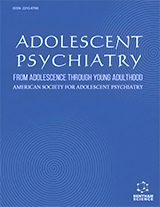Abstract
Trophoblast cells have the critical responsibility of invading into the endometrium in order to anchor the embryo to the maternal endothelium and for establishing connections with maternal blood supply to obtain adequate blood flow and nutrition from the mother. These processes involve complex and intricate communication between trophoblast cells and the endometrium.
An interesting dilemma is presented to the organism during early pregnancy; on the one hand, the trophoblast should certainly invade maternal tissues well enough to anchor the conceptus and seek an adequate maternal blood supply. On the other hand, this invasion should be monitored and modulated appropriately lest it become overly invasive. How is this balance maintained? Several cells and molecules have been implicated in promoting and restraining trophoblast invasion. This chapter reviews the process of invasion, and the cells, molecules and mechanisms that appear to govern this process.
The importance of optimal uteroplacental blood flow cannot be overstated; aberrations in uterine blood supply result in pregnancy complications such as intrauterine growth restriction (IUGR). This chapter reviews immunological aspects of IUGR and discusses possible contributions of the maternal immune system to IUGR.
Keywords: Trophoblast, Uterus, Invasion, Cytokines, Inflammation, Adhesion molecules TIMP, MMMP, IUGR, Cytotrophoblast, Syncytiotrophoblast, Uterine NK cells, T cells, Macrophages, Chemokines: HLA-G.






















